Heritage Roofing
Heritage roofing - maintaining our iconic buildings
The UK is home to some of the most iconic buildings in the world, from stunning churches and cathedrals to historic stately homes. Each and every one of these remarkable feats of architecture requires regular maintenance to ensure they remain in the very best condition, allowing them to be enjoyed for generations.
Lightning Protection
When lightning strikes are you protected against this act of God?
The issue of lightning protection in churches is one that has exercised this publication for many years. In this four-part series of spotlights on the issue we will be revisiting various aspects of the subject, beginning with an overview of current thinking.
Traditional Lime
Lime: it’s better for buildings – and for the environment
It is now fairly well known that cement is not good for old buildings and that lime mortar should be used. But why? What are the advantages and what are the disadvantages? In order to begin to answer those questions it is necessary to understand the nature of traditional building, the process by which buildings used to be built, and how it differs from modern construction, the process by which we build today.
Audio Visual
Audio visual equipment in church buildings
This guidance is issued by the Church Buildings Council under section 55(1)(d) of the Dioceses, Mission and Pastoral Measure 2007. As it is statutory guidance, it must be considered with great care. The standards of good practice set out in the guidance should not be departed from unless the departure is justified by reasons that are spelled out clearly, logically and convincingly.
Read More...
CRE Events
Churches are coming under starter’s orders for CRE 25
Churches across the nation are beginning to make preparations for their visit to Christian Resources Exhibition’s CRE 25.
Insurance
You need to ensure that reasonable precautions are in place at your church to keep it safe for those who use it. To do this, you need to think about what might cause harm to people.
You will then need to decide if the precautions already in place are adequate. If they are not, you may need to identify further action to prevent any danger. When done formally, this is known as a risk assessment.
LPOW Grants
£23 million government package to support restoration of thousands of listed places of worship
Heritage Minister Sir Chris Bryant has announced that the Listed Places of Worship Grant Scheme will be extended into the next financial year, providing £23 million so that thousands of historical buildings, including churches, synagogues, mosques and temples, can carry out restoration work.
Lead Roofing
Lead is one of the oldest materials in the roofing industry and is still commonly used throughout the world today.
Lead roofing is a traditional roofing method which has been used in the industry for hundreds of years, and is therefore proven to be extremely reliable. Lead roofing, and sand-cast lead, in particular is ideal for old buildings such as churches or historical renovations, whereas milled lead roofing is a mass-produced alternative, used for precision and accuracy in homes and commercial buildings alike.
Home
Trace-in-Metal undertakes pilot installations at ten churches
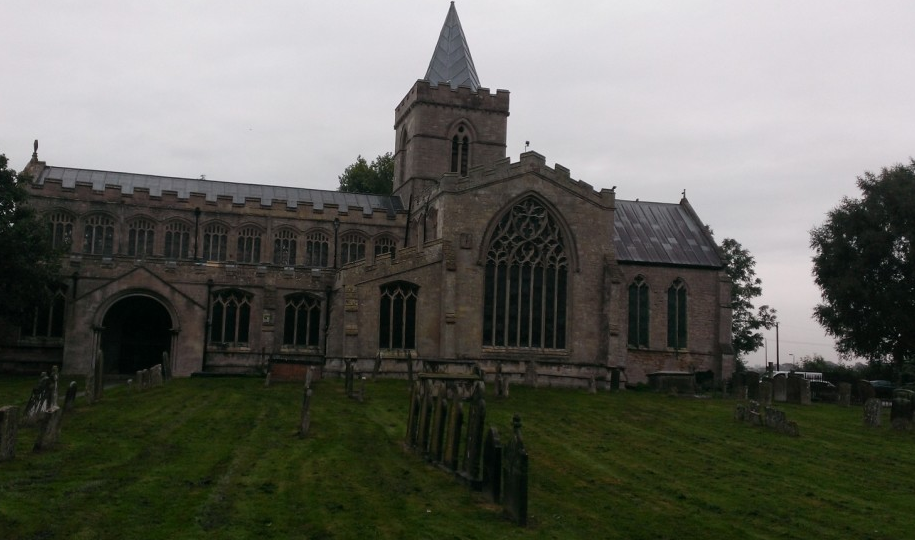 A revolutionary security system that protects lead roofs from metal thieves has completed a series of pilot installations at churches in Yorkshire and Lincolnshire. The work, by Trace-in-Metal, has been carried out to satisfy a rigorous “approved supplier” status for one of the country’s leading insurer of ecclesiastical buildings.
A revolutionary security system that protects lead roofs from metal thieves has completed a series of pilot installations at churches in Yorkshire and Lincolnshire. The work, by Trace-in-Metal, has been carried out to satisfy a rigorous “approved supplier” status for one of the country’s leading insurer of ecclesiastical buildings.
The Trace-in-Metal process sees thousands of microdots infused into lead sheets “marking” them with a unique identifying code.
Read more: Trace-in-Metal undertakes pilot installations at ten churches







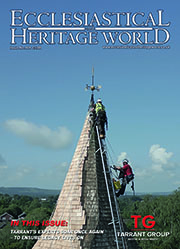

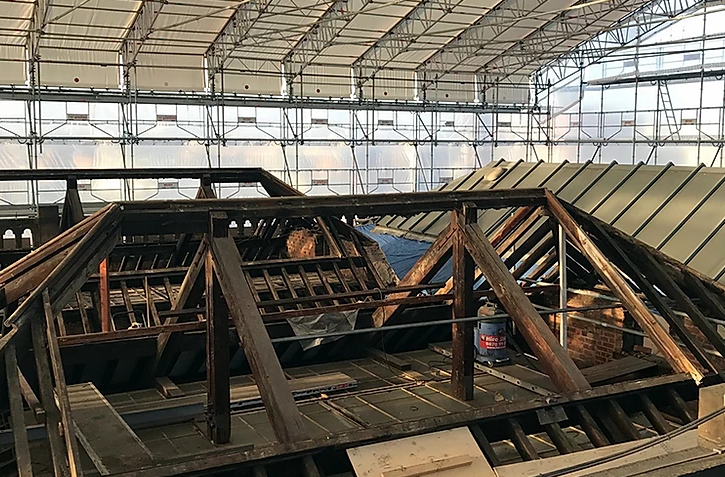
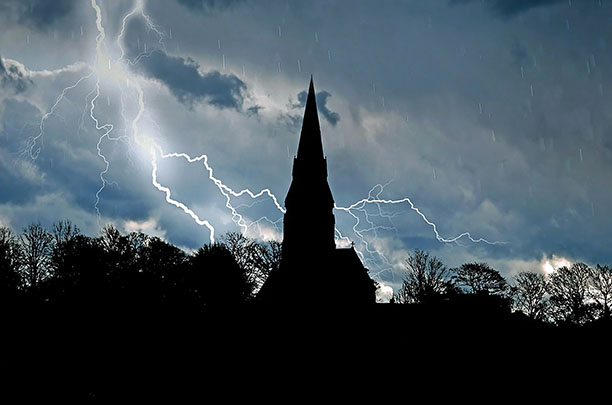

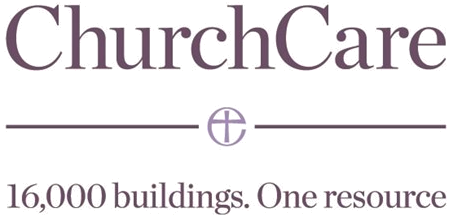


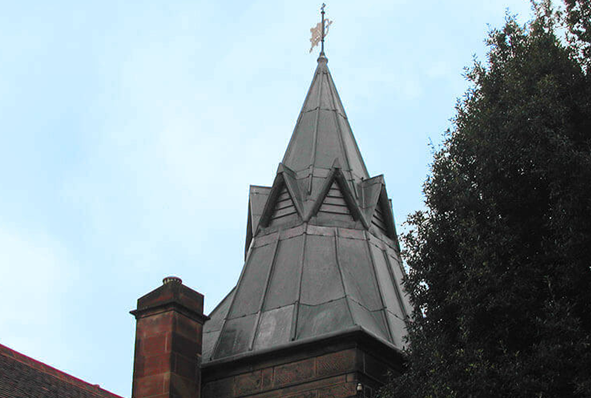


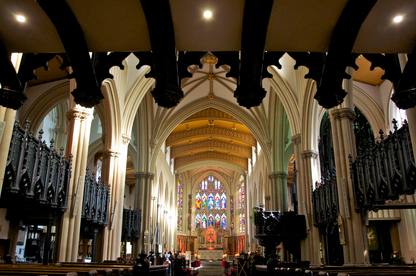 Leading lamp supplier Crompton, has donated a number of LEDs to the historical Leeds Minster as part of a campaign by the Church Council to significantly reduce its carbon footprint.
Leading lamp supplier Crompton, has donated a number of LEDs to the historical Leeds Minster as part of a campaign by the Church Council to significantly reduce its carbon footprint.  Situated in a walled garden within Wollaton Park, the 350 sq m Camellia House is a rare early example of a Georgian cast and wrought iron glass house.
Situated in a walled garden within Wollaton Park, the 350 sq m Camellia House is a rare early example of a Georgian cast and wrought iron glass house.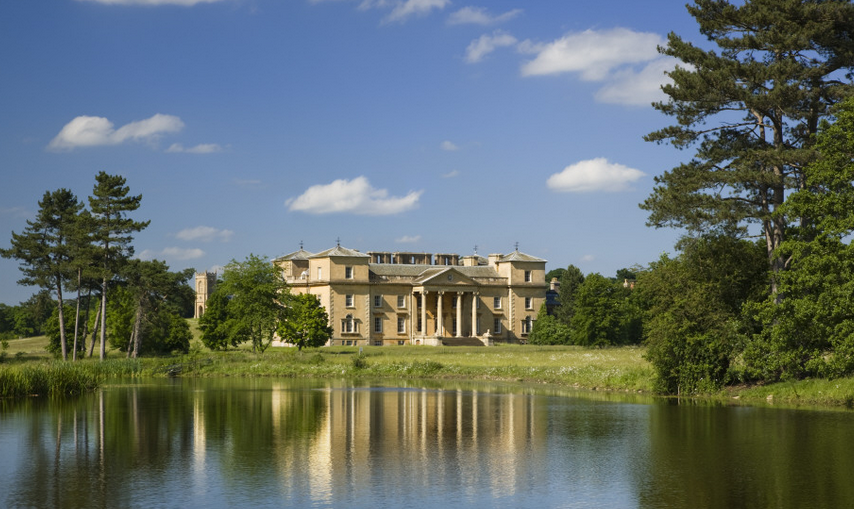 Ice Houses are unusual structures, often found in the grounds of stately homes. The practice of building Ice Houses came to England from France in the 17th century as a means of storing ice for use in the households of the gentry.
Ice Houses are unusual structures, often found in the grounds of stately homes. The practice of building Ice Houses came to England from France in the 17th century as a means of storing ice for use in the households of the gentry.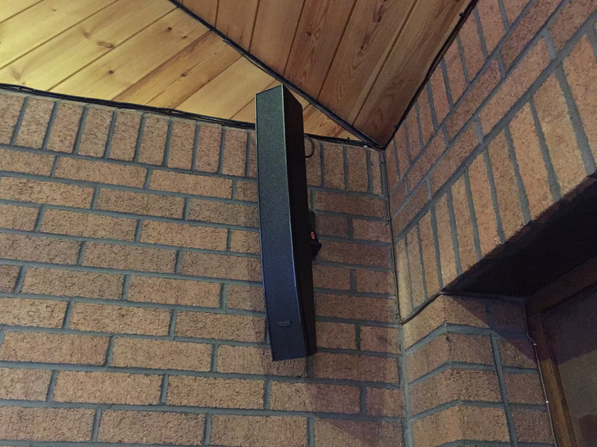 A leading church audio installer in the west-country, Kernow AV Installations, has recently completed an installation that required a few finishing touches that aren’t normally asked for by their ecclesiastical clients.
A leading church audio installer in the west-country, Kernow AV Installations, has recently completed an installation that required a few finishing touches that aren’t normally asked for by their ecclesiastical clients.

